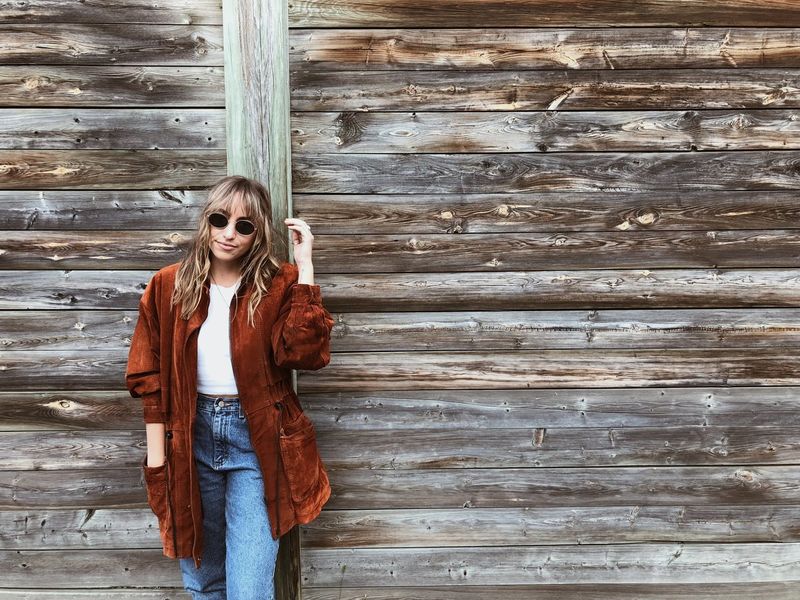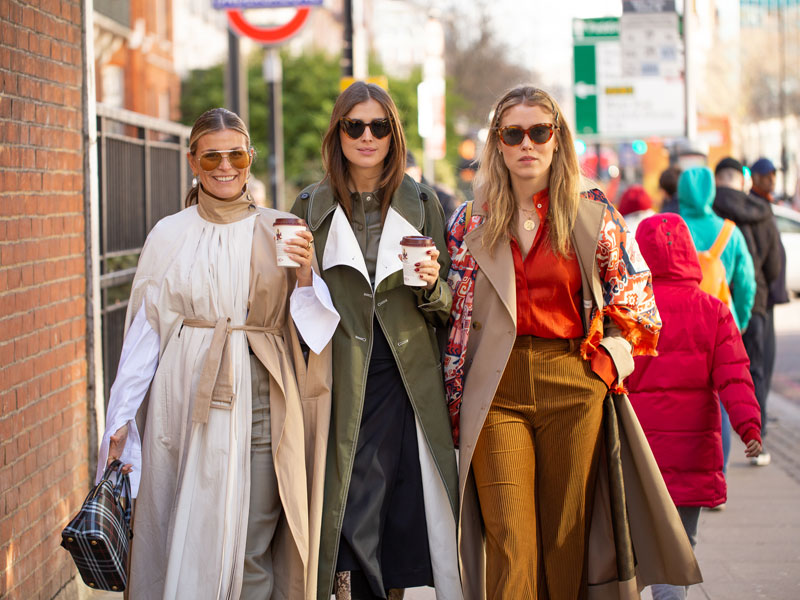
The style, which is called retro, fashionable in the pre-war and post-war times periodically returns to the streets of large metropolises and small towns. Or it doesn’t go anywhere.
Every city has a piece of clothing called flea markets, and well-known brands consider it right to return to the classics year after year. History can help us figure out the difference between vintage and retro.
Retro or retrospective (reference to the past) is a rather abstract concept used to describe various ancient things of some cultural or material value.
The time frame of the retrospective style is very vague. It is considered that all fashion trends of the second half of the XIX – first half of the XX century belong to the retro style. Thus, older things are classified as antiques, younger things (from 20 to 50 years) – vintage, from 5 to 20 years – second hand, less than 5 years are considered modern.
Vintage is a stylistic direction in fashion, which focuses on the fashion trends of past years. Vintage is considered the actual things of the past generation, so they can not be younger than 20-25 years. It should be noted that the word “Vintage” was not born in the world of fashion industry.
It is necessary to thank for it the winemakers, who gave a beautiful name to the wine that has withstood for many decades in the conditions necessary for the perfect taste and aroma. If you draw a parallel with the literal translation of the meaning – vintage style – the product is perfect, lasting. Symbiosis of a great original idea and its “languor of time”.
Vintage can be authentic, i.e. made no later than 90s, and the item can be made by famous designers: Yves Saint Laurent, Coco Chanel, Pierre Cardin and others. Pseudovintage or neovintage are things made of artificially aged fabric with the effect of “worn-out”. Sometimes it is possible to distinguish a real vintage from a “pseudo” pattern only by the age of the threads sewn by labels.
Combined vintage is clothing, in the manufacture of which, along with modern materials, used a truly vintage fabrics, details, fittings and finishes.
Styling “a-la vintage” is a modern collection of designers and fashion designers, which uses ideas of silhouettes, motifs of drawings (in the manufacture of fabrics), decor and cut clothes of the past.
Creating an image in a vintage style, you must adhere to 2 unshakable rules: things must be at least 20 years old and fully reflect the fashion trends of their time.

To create your own vintage style it is necessary to review old classics, look at photographs of the appropriate time, magazines and album covers of previous decades. You can combine elements of vintage clothing from different eras.
For example, you can combine a 20s dress with punk accessories from the 70s. But you have to be very careful when combining different directions: no more than two styles in one look, otherwise your outfit may look like a total tastelessness.
Knowing the styles of different periods will help you choose the things that best suit your appearance and type of figure. For example, in the 50’s the hourglass figure was in fashion, while already in the 60’s lush forms were welcomed. Knowing the ideals of beauty of past years, you will be able to choose the right clothes that will emphasize your merits.
Online shops and auctions are excellent resources to find vintage clothing. However, when buying things online, take into account the fact that the size of those years may be different from today’s. To make no mistake, measure yourself and compare with the specified parameters of each particular thing.
If you prefer to try on clothes before buying, then use the services of ordinary vintage stores, shopping malls and even flea markets, which often offer very attractive outfits. When buying new clothes made in a vintage style, make sure that they fully match your chosen image.
Any vintage garment always has a few potential flaws. They can be quite expensive, fragile and may have hidden flaws. There may also be problems finding the right size. Vintage style accessories such as costume jewellery, hats and bags can add originality to even the simplest outfit.
Small items of clothing such as rivets and lace can make a vintage outfit without requiring a large financial outfit. Earrings, beads, brooches, being rare, are worth a lot of money. A more budget alternative to such an expensive hobby can be costume jewelry hand-meade, although it will no longer be a genuine vintage, and not vintage.
You can also find vintage accessories in your grandmother’s chest: take a closer look, perhaps things that you’ve long sent to dust are back in fashion?
“The Golden Twenties, with their holiday of life and a light madman, were replaced by the harsh war years. The ladies’ dresses lengthened rapidly, the hem became symmetrical. Bright colours were replaced by grey monotony.
Lack of materials, hands and work reflected on the outfits: dresses in dark tones with white collars and a skirt in the floor were fashionable at that time. Women dimmed their make-up and began to choose more comfortable and comfortable clothes.

